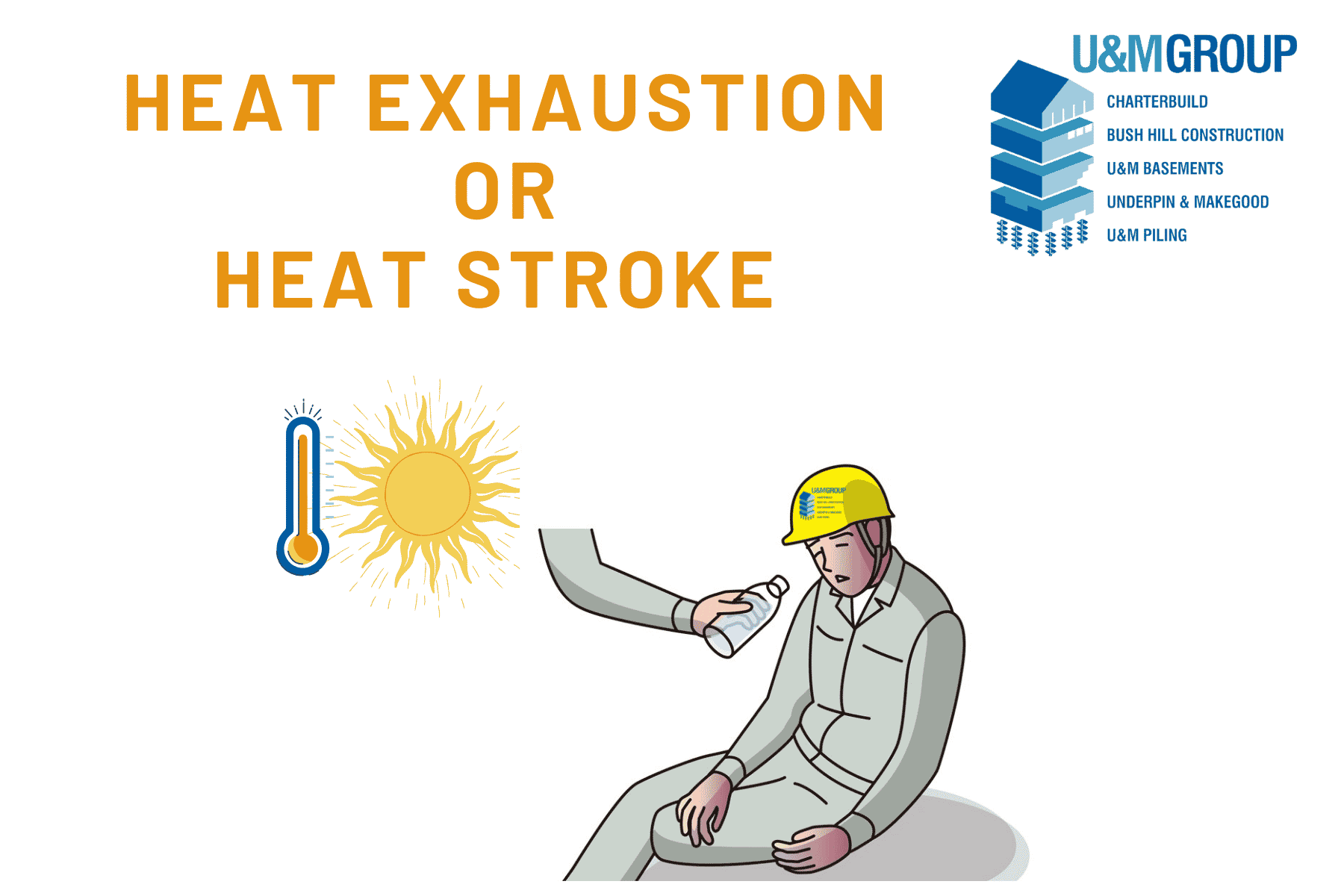
19 Jul Heat Exhaustion and Heatstroke
Posted at 09:48h
in News
Overheating is a common occurrence in warm weather. When the temperature outside is 40C (104F), it can be challenging to maintain the body’s optimal 37C temperature. Although Heatstroke is a medical emergency, heat exhaustion is typically not harmful if you can cool yourself down. Heat exhaustion occurs when your body can no longer control or handle its rising temperature. Anyone, even those who are fit and healthy, might be affected, especially if they are engaging in intense physical activity in hot weather or have been drinking alcohol all day in the heat. It can develop either gradually over hours or suddenly within minutes.
Is it heat exhaustion or heat stroke
Signs and symptoms of heat exhaustion:
- headache
- dizziness and confusion
- loss of appetite and feeling sick
- excessive sweating and pale, clammy skin
- cramps in the arms, legs and stomach
- fast breathing or pulse
- being very thirsty
Signs and symptoms of heat stroke:
- high body temperature over 40C
- nausea and vomiting
- rapid breathing
- racing heart rate
- headache
- a fit (seizure)
- loss of consciousness
- not responsive
What to do if someone has heat exhaustion:
- Get them to rest in a cool place, like an air-conditioned room or a shaded area.
- Remove any unnecessary clothing to reveal as much of their skin as possible.
- Use whatever you have on hand, such as a cool, wet sponge or flannel, water spray, cold packs under the armpits and around the neck, or wrap them in a cool, wet sheet. Fan the wet skin while it is still moist to encourage the water to evaporate to cool down the skin.
- Get them to drink water – sports drinks or rehydration beverages are fine too.




